Sign Cutting and Tracking Methods Employed by the US Border Patrol
Sign Cutting and Tracking Methods Employed by the US Border Patrol
“There’s always sign.”
Sign is the physical evidence of any disturbance of the environment left behind by animals, humans or objects. The detection of this sign is called sign cutting. A person (or animal) cannot traverse ground without leaving some sort of telltale sign. This sign is what we’re trying to find and track.
When most people think of tracking, they usually think of following footprints. But a trained tracker looks for more. He looks for kicked-over rocks, soil depressions, clothing fibers, changes in vegetation, changes in the environment, ambient noise or lack thereof, etc. Basically, the tracker looks for the disturbance — the sign — left behind by the person or persons being tracked.
Origin
Sign cutting and tracking has been around for millennia. It is a natural extension of hunting, both animals and people. On our continent, Native Americans perfected the art of sign cutting tracking both men and animals. To this day, there are special units of Native American law enforcement trackers protecting this nation. Many other rescue and law enforcement entities in the United States use tracking to locate people. Today, the tradition of tracking persons for law enforcement purposes is usually associated with the men and women of the United States Border Patrol.
The U.S. Border Patrol currently trains its agents in sign cutting, and even after the adoption of modern technology, sign cutting remains one of the most effective tools at its disposal to locate persons and gather intelligence. Sensors and cameras can be fooled and rendered ineffective, but as one of our seasoned agents likes to say: “The sign never lies.”
In this article, I will touch upon the basics of sign cutting. I have to admit that I am by no means a master in this field. I do, however, use it on a daily basis as an enforcement tool. I take responsibility for mistakes in this article.
Applications
Sign cutting and the tracking of persons have multiple uses. These uses include, but are not limited to:
- Search & Rescue / Missing Person
- Perimeter / Property Security
- Intelligence Gathering
- Locating & Interdicting Subjects for Law Enforcement or military operations.
Who Are You Tracking
When you are sign cutting, it is important to identify your target. Are you looking for a lost or missing person? If not, are you looking for poachers or criminals? Your target determines what other precautions are needed. If it’s a lost child or hiker, consider bringing food, water and an emergency blanket along to assist a person exposed to the elements.
If you’re tracking poachers or criminals, then you have to factor in your security. Poachers and criminals do not want to be found, and will sometimes attempt to hide their sign or improvise countermeasures to avoid detection. For this scenario, it is advised never to track alone. At a minimum, communications gear (cell phone, radio) is advised, in addition to some form of self protection.
Sign Cutting Tools
Sign cutting and tracking actually require very little as far as gear goes. At the very least, you want to have a good flashlight and spare batteries, even when working during daylight hours. Tracking operations can drag for hours in some areas, and what began as a morning look-see can easily become a night tracking operation.
Before you go spend some serious cash on your tracking torch, consider the following: Modern LED flashlights with bazillion-candlepower ratings are actually not as effective as a plain old incandescent bulb flashlight. The brighter, whiter beam of the LED flashlights tends to wash out most footprints and other details. A regular incandescent bulb flashlight allows for more contrast when viewing the sign at night. Of course, if you are following sign at night, you should have two flashlights. Two is one, one is none.
When you cut for sign from a vehicle, you want to have a spotlight, or cutting light. As with the flashlights, avoid the ones that can be seen from Venus. You want to keep it at a low angle, for better contrast. This might make your arm go numb from hanging it from your car or truck window, but nothing says you can’t tape it to a stick to make the task more comfortable for you.
Since tracking operations can drag for hours, you should bring basic sustenance items with you. Water, some food, a first aid kit, extra batteries, communications gear and anything else you might need for the next few hours. This I where you want to keep it light. Adjust your load depending on your needs. That cool pack or tricked out rifle can get really heavy after a few hours.
Sign Interpretation and Tracking
As mentioned before, tracking involves following footprints, among other sign. Footprints give you an idea of who you’re following. You must be able to read the footprints.
The size of the footprint usually determines if you’re following a man (larger, wider footprint), a woman (smaller, narrower footprint), or a child (small print). The number of footprints also lets you know how many you are following.
The type of sole helps you stay on track when crossing other footprints, and helps you identify the person being tracked. The sole can be anything from a running W, a cowboy boot (plain with separate heel), a work boot or Vibram-type lug sole, a cross-trainer or Chuck Taylor or a waffle pattern (Mr. Peanut), among others.
The depression of the footprint can tell you if the person is large/heavy or if he or she is carrying a heavy load. The angle or dig determines the direction. When all you have is toe digs (half-moon shapes), then the person was running. When a person walks backwards, the dig is towards the heel.
Terrain & Enviornment
Depending on the terrain, a person may leave clear footprints or no footprints at all. Hard-packed terrain, and areas with good drainage, makes it difficult for a person to leave clearly defined footprints. This is when you look for other sign. Are there scrapes on the soil, similar to scrapes by coarse sandpaper? Are there rocks kicked over, with the moist (darker) area exposed? Is the vegetation disturbed in any way — broken branches, snapped twigs, crushed or stomped plants and leaves?
Another form of sign is clothing fibers stuck to vegetation. Don’t limit yourself to specific forms of sign. You always want to look for other disturbances. In the early morning, if you look at the vegetation from an angle (towards the sun), is the dew disturbed in any way? Did it rain earlier? Disturbances on moist terrain stand out because the color or shine changes. Fresh prints on moist soil are not as ‘shiny’ as the rest of the soil.
The freshness of the sign or prints helps determine time. Are the prints sharp and very detailed? You might try stepping next to the print, and comparing it to yours. Does it look just as sharp? Usually, sharper prints are fresh, laid within an hour. Keep in mind that prints can look fresher or older than they are based on a number of factors. Prints in low areas and washes usually look fresher than they are, while prints exposed to rain and wind will look older.
If you’re protecting a ranch or any other property, it is a good idea to walk it to determine how long it takes to traverse the area. When you find sign, this helps you determine whether to get out and track the sign on foot or trying to leapfrog the sign and cutting for it at another location, once you have determined a direction of travel. People sometimes guide off structures or natural terrain features, making it easier to determine the person’s travel route. Get to know the ranchers and property owners in the vicinity. They know the area and can provide invaluable intelligence.
Being familiar with the environment helps in many ways. Insects and animals help too. Are the crickets chirping away at night as they normally do? If they stopped, this usually indicates the presence of animals or people. Animals can indicate the presence of humans by their reaction. Most people think about barking dogs as an indicator, but other animals can also help you detect a disturbance.
One of our best trackers, a former Marine we call The General, was once on the trail of a group of illegal aliens at night when he lost their sign in a pasture. After walking for a few minutes in the direction the group was traveling, he came upon an open field with fresh sign for cattle, but the cows had moved about fifty yards away. He knew from experience that cows don’t usually move at night. They like to hang out in the same spot. The only reason for the herd to move was to avoid something: the group. The General was able to reacquire the sign on the other side of the field where the cows had been, and eventually found the group. Know your environment.
Conclusion
There are tracking courses currently offered in many areas if you’re interested in learning this skill. There’s also a ton of information available in books and the web, but this is a skill that has to be practiced outdoors. This is the only way to understand it and gain experience to become proficient at it.
The U.S. Border Patrol sometimes provides sign cutting and tracking courses to law enforcement and search and rescue agencies, as well as civilians. We also assist other agencies with tracking operations when called. If you live in a border state, contact your nearest Border Patrol sector HQ for more information.
As with any skill, practice and patience makes for a better tracker. Good luck.
Editor-in-Chief’s Note: Please welcome Jose J. Soto as a contributor on ITS Tactical. Jose has been a U.S. Border Patrol agent for 15 years and previously served for six years as a U.S. Army Infantryman. We’re looking forward to more of Jose’s expertise here on ITS Tactical.






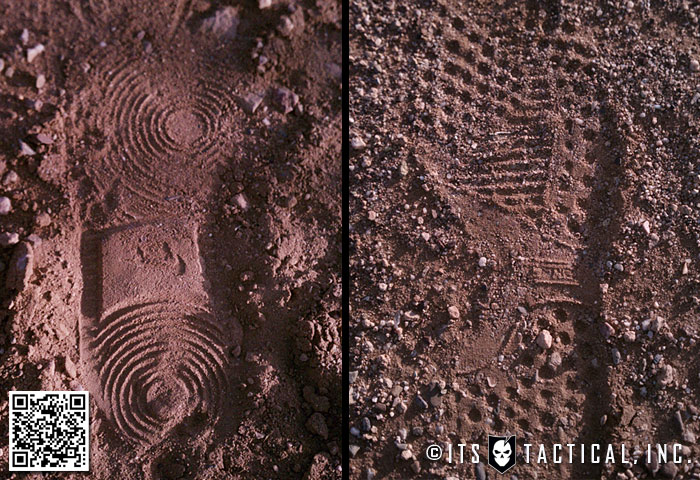
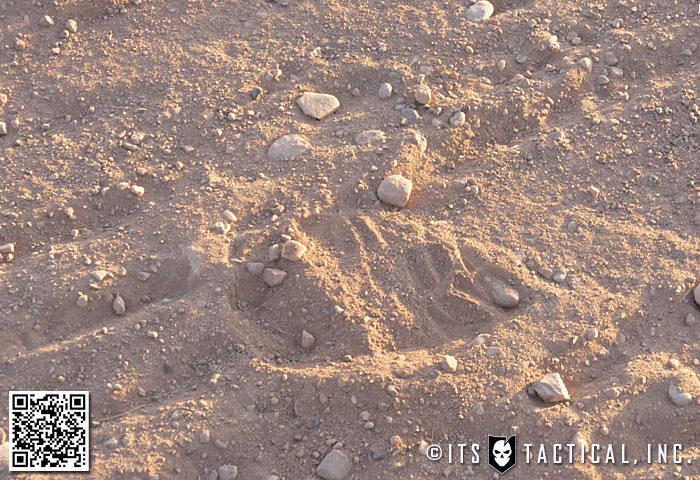
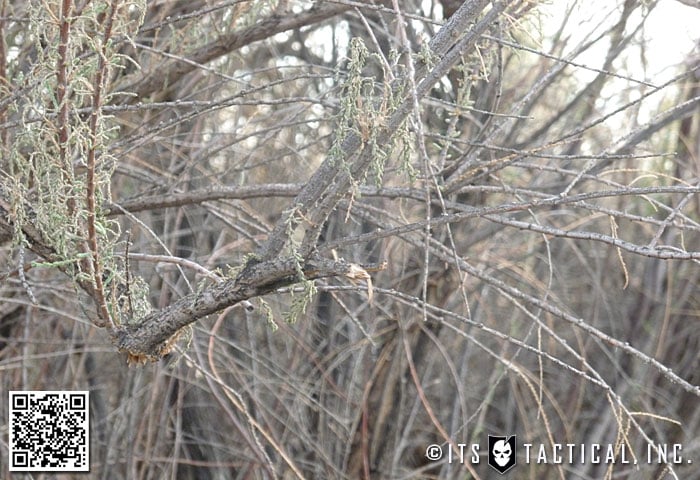
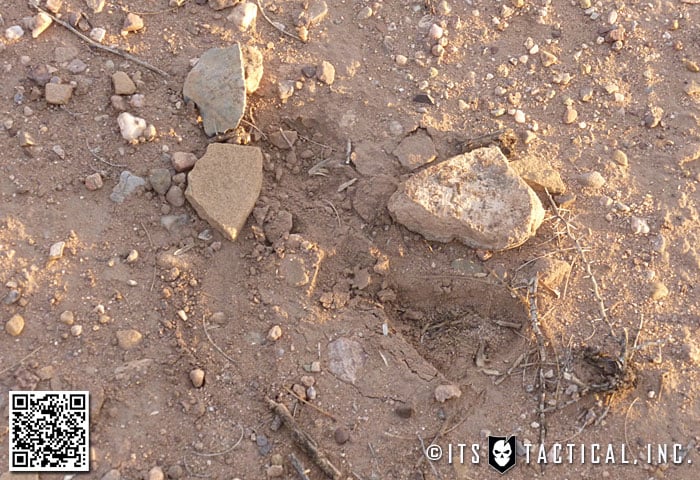
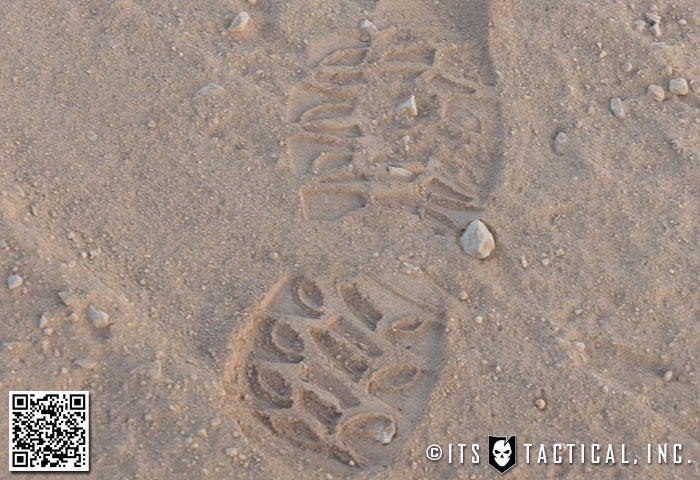
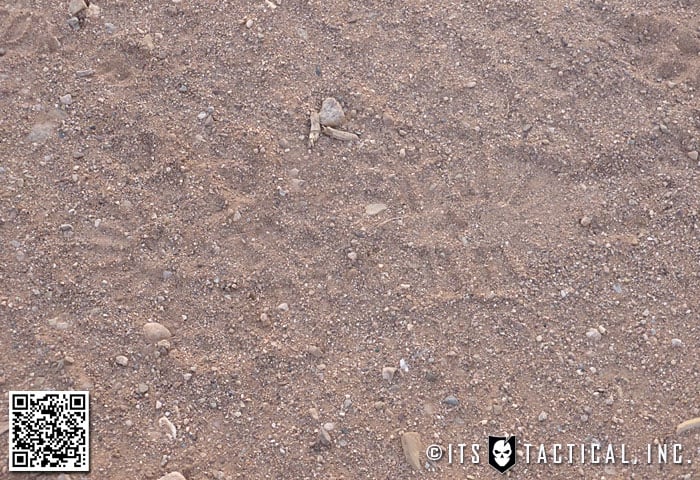
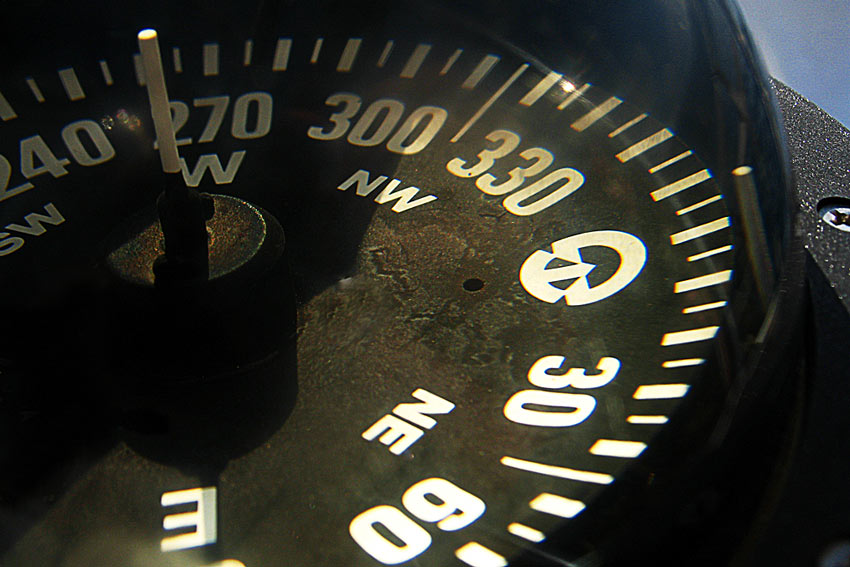
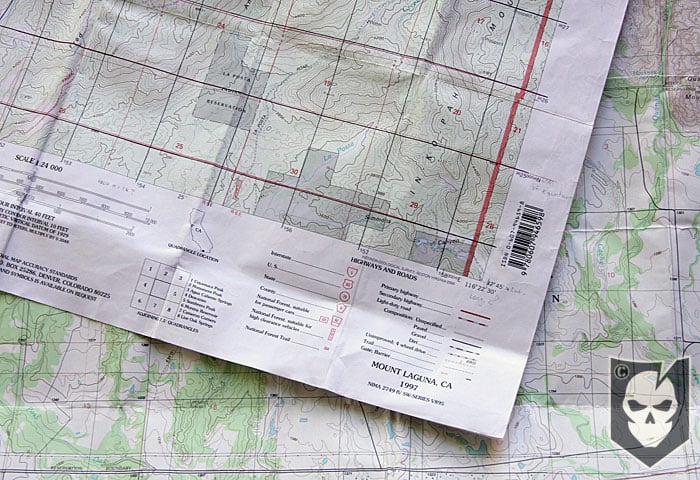

Discussion